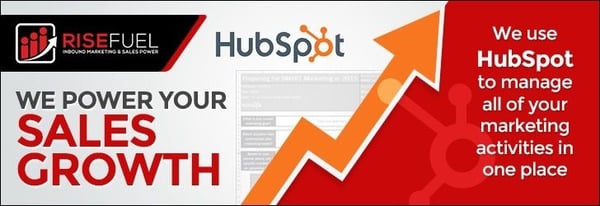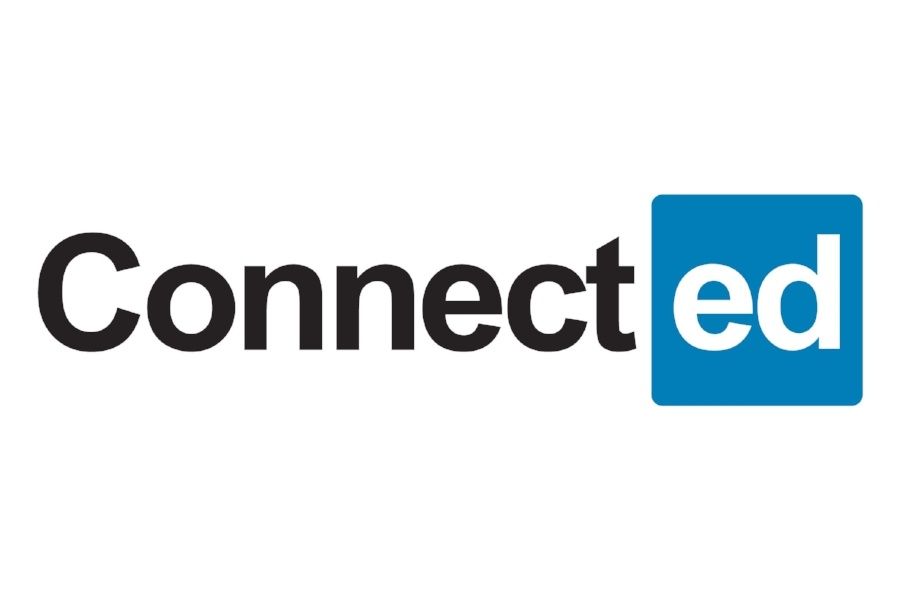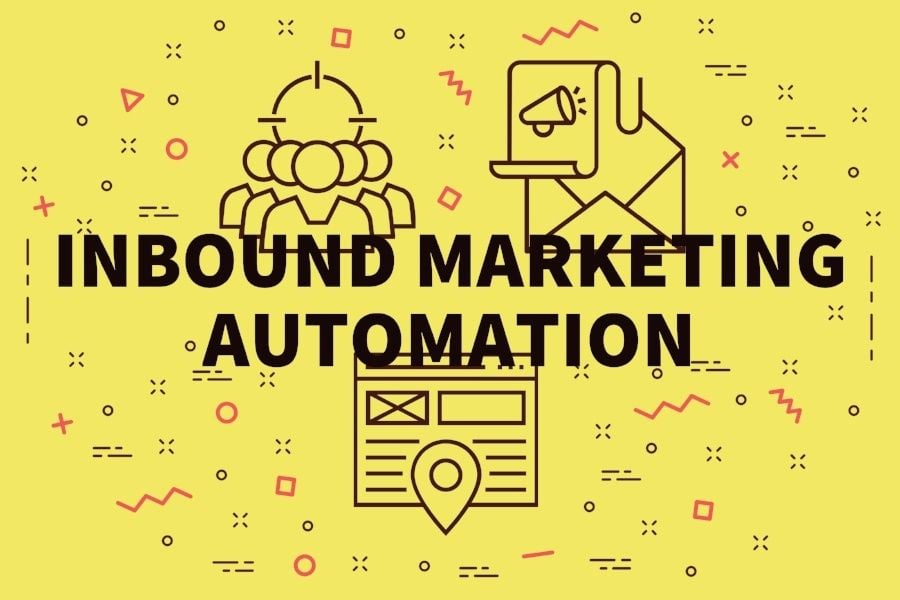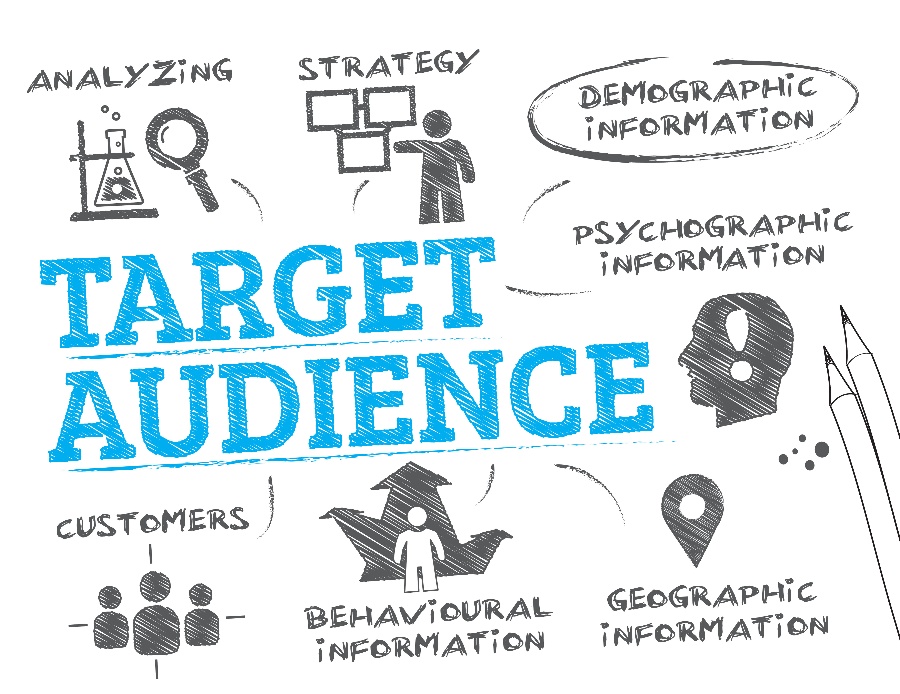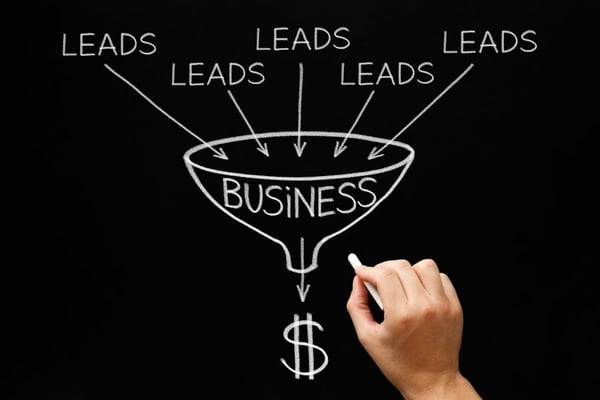
What does lead generation mean? It's a seemingly simple question with a surprisingly complex answer. At its core, it's nothing more than a strategy to get more potential customers into your database. But once you peel back the layers, the complexity increases drastically.
Still, peeling back these layers is well worth the effort.
Consider:
- 85% of B2B marketers make lead generation their top content marketing priority.
- 63% of marketers consider lead generation their biggest challenge.
- Only 13% of marketers know their lead generation efforts to be successful in growing their business.
The topic, it turns out, is at once a challenge and an opportunity. It's difficult to be successful, as evidenced by the studies above. But once you are, its benefits become significant.
And there is one thing I know for sure: it all starts with understanding the core concept and its many implications.
Join me for an in-depth exploration into what lead generation actually means.
Just the Basics: Defining Lead Generation
First, I want to start with the basics. You have to understand the core meaning of the concept before you move into more advanced applications. According to HubSpot, lead generation quite simply is "the process of attracting and converting strangers and prospects into those leads."
Leads, of course, are contacts in your database that, for one reason or the other, could turn into revenue generators down the road. They have, at least to some degree, opted into receiving information about your business.
Getting them into your database, or converting them into leads, is the first step toward nurturing them toward becoming customers down the road.
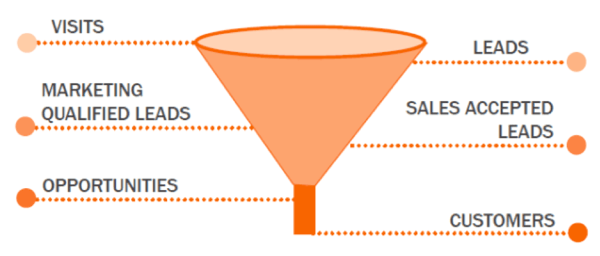
What does Lead Generation Mean for Your Business?
My basic definition above gives rise to another natural question: what does lead generation mean, not just in isolation, but specifically for your business? Again, there is a short and sweet answer: it helps you more reliably grow your customer base.
The in-depth answer is once again a bit more complex. The reason lead generation is so successful in growing your revenue stream is because of how naturally it fits within the buyer's journey.
A comprehensive strategy in this area helps you attract and convert members of your target audience who you know to be interested in your brand.
Now, you can target them specifically with more customized messages, from email to social media, until they're ready to become a customer.
That's why I haven't yet come across a business that could not benefit from an effective lead generation strategy.
Regardless of whether you target businesses or consumers, with convenience or luxury goods, more leads in your database can only be good.
It helps you maximize your opportunity to convert the most relevant segment of your target audience into revenue generators.
The Two Basic Ways of Generating Leads
As you might imagine, not all lead generation is created equal. While many nuances exist, most marketers break down their contact pool into two basic sources from which they originate.
- Outbound leads: database contacts that you purchase from a third-party vendor.
- Inbound leads: 'organic' contacts that enter your database because they've filled out a sign-up page for your brand.
Their names give away the game. For outbound leads, the first contact travels outside from your brand.
You purchase members of your target audience and their contact information, and can reach out to them with sales and promotional opportunities.
Inbound leads, on the other hand, come to your brands on their own accord. They're in your database because they've raised their hand, signing up specifically to receive more information from you.
As you might imagine, the strategies you build for each of these options can vary significantly.
But enough with the basics. Let's delve into the various ways in which you can build up your lead pool. That has to include a comprehensive consideration of whether outbound or inbound strategies are a better fit for your business.
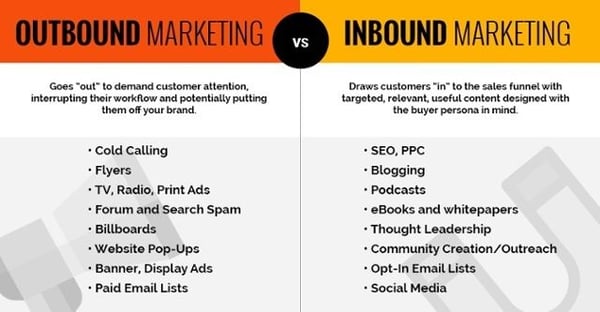
Considerations and Challenges for Outbound Leads
Traditionally, outbound lead generation has been the preferred and most common ways for businesses to build their contact database.
It's why you get those phone calls and emails from brands you've never even heard of. The practice is still common in the industry today, and for good reason.
- Outbound Marketing Can Generate a Lead Pool Quickly. Inbound lead generation takes a while to success, as I'll detail in the next section. Outbound alternatives, on the other hand, can generate sales contacts much more quickly, helping you get your core messages out the door in a fast and effective way.
- Outbound Marketing Tends to Shorten the Sales Cycle. Outbound lead generation also shortens the time it takes for a new lead to become a customer. That's because of those contacts who choose to convert, a larger share will already have a buying interest.
- Outbound Marketing Can Unlock New Target Markets. Most inbound marketing attracts an existing target market niche that is interested in your content and brand. Buying contacts, on the other hand, can expand your lead pool to new demographic and geographic targets.
Given these advantages, you might think that outbound lead generation is the way to go. Let me assure you that this is far from reality.
In fact, the concept comes with a variety of challenges that no business looking to embrace the strategy can ignore.
The Problems With Outbound Lead Generation
Think outbound tactics through a bit more, and you will begin to realize the challenges that naturally come with the tactic. First, these leads might not want to hear from you.
There's a reason that for outbound leads, the average customer conversion rate hovers between 2% and 10% depending on your industry.
Again, think about the cold calls and emails you receive. How many emails and voicemails do you delete without even thinking about them for more than second?
How much more likely would you have been to at least listen to the message if you knew and valued the brand?
That's not the only problem connected to outbound lead generation. Most brands buy from credible sources, such as professional associations and high-accuracy consumer databases.
The contacts in these lists have opted into promotional messaging. But they still haven't specifically noted that they want that messaging to come from you.
Add to that the fact that outbound-generated content tend to be more expensive. In fact, the average cost per lead is about 40% higher for this strategy than for inbound alternatives.
In addition to the lower conversion rate mentioned above, that results in potentially significant legal issues. The CAN SPAM Act, for instance, specifies that no promotional emails can go to contacts who have not consented to receiving them.
Outbound lead generation is not just less effective and more expensive, it surfs right on the edge of legal trouble.
Building an Inbound Lead Generation Strategy
The many challenges of outbound lead generation have spurred many marketers across industry to turn toward inbound alternatives instead.
In fact, this philosophy has become so common that depending on who you ask, the core meaning of lead generation today includes 'inbound' in its definition.
I won't bore you with the basic outline of this type of strategy, which you probably already know: leads come to you via a signup form, typically on your website.
They tend to sign up as a value exchange, receiving free but gated content in return. By the time they're in your database, they already have an understanding of your business and the USP of your brand.
It's the nuances that truly set this effort apart. Inbound marketing is a complex concept, which ranges from awareness building through lead generation all the way to the nurturing and conversion of these contacts.
All aspects have to work together to form a cohesive strategy that accompanies your audience from the first time they hear about you to the time they come back as repeat customers.
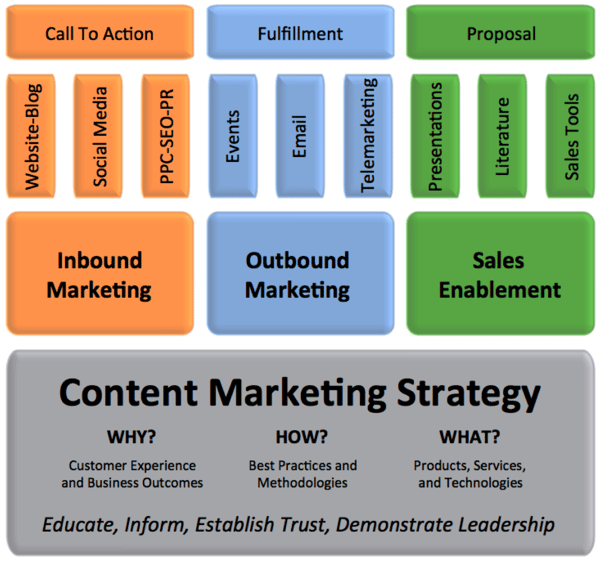
The Do's and Don'ts of Lead Generation
Where do you start in building your inbound contact database? Familiarize yourself with best practices first.
To that end, we wrote a blog post earlier this year that specifically outlines what you should and should not do as you embrace the strategy:
- Focus on content, but don't just start writing without a plan.
- Emphasize value throughout the buyer's journey, but stay away from promotional messaging.
- Build your social media presence, but don't just start posting updates.
- Focus on lead generation throughout your website, but stick to inbound efforts.
- Build a lead nurturing strategy, but don't spam your contacts with sales messaging.
- Prioritize and measure relevant metrics, but don't get impatient if results are not immediate.
Keeping these best practices in mind is crucial to making sure that as you begin to embrace the concept, you don't veer off into rabbit holes that are difficult to get out of.
As it relates to the meaning of lead generation, especially that fourth bullet is worth further consideration.
Optimizing Your Website to Generate Leads
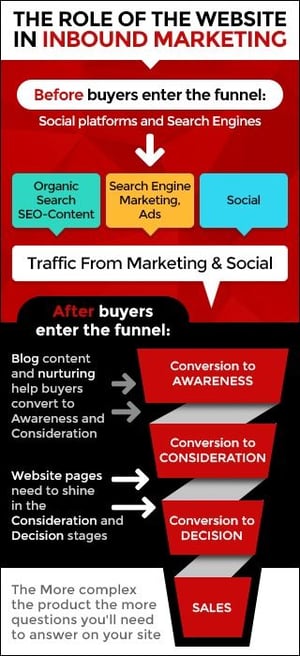 Ask a web developer what lead generation means, and the answer will be very different from the one you would get from a digital marketer.
Ask a web developer what lead generation means, and the answer will be very different from the one you would get from a digital marketer.
And yet, both work toward the same basic goal. Inbound lead generation has to start with your website as the hub of your marketing efforts.
Optimizing your website for inbound marketing means taking a number of steps as you build and expand your online presence:
- Create high-value pieces of gated content that are relevant and timely for your target audience.
- Build landing pages specifically designed for lead conversion, featuring a prominent sign up form along with the value proposition your audience would get in exchange for their contact information.
- Link to your landing pages throughout your website, through clearly visible and attractive call to action buttons.
- Write and publish regular blog posts that include snippets from the content as teases to link to more value.
All of that requires both strategy and ongoing effort. Hey, I never said lead generation (when successful) would be easy. And yet, it might just be the single most important part of any inbound marketing strategy.
Fortunately, some good news are on the horizon: your website does not have to be the only tool for your success.
How to Take Lead Generation Beyond Your Website
Traditionally, social media plays into the social media game by allowing you to spread your content and landing pages to an interested audience.
But it's no longer limited to that function. In fact, especially as you begin to integrate paid ads into your strategy, you can gather contact information from potential customers right on the platform.
That's at least true for Facebook and Instagram, and other platforms will likely follow suit soon. The two major networks now offer lead ads.
When anyone who sees the ad clicks on it, they'll no longer be redirected to your website, but to a form that's native to the network.
Here, some of their information is already pre-filled and they can sign up for an event, webinar, or piece of content without ever having to leave their network of choice.
In a way, that relatively new capability sums up the complexity and potential of lead generation. It's more than just an abstract content or a simple way to funnel contacts into your database.
Instead, it has the potential to transform your business, if you approach it the right way--which brings me to my final point.
How Lead Generation Fits Into Your Comprehensive Marketing Strategy
Lead generation is ultimately meaningless. Why? Because it depends entirely on the rest of your marketing strategy.
You might have noticed my emphasis on tactics like content marketing, social media, and web development throughout this article.
There's a reason for that. In isolation, lead generation is an abstract concept. Only integration into your marketing strategy can turn it into a powerful force.
How exactly you do that depends in part on your existing marketing strategy, audience, and industry. Integration, though, is the key to success.
Treat lead generation not as a tactic, but as a goal. Once you make that shift, you begin to see how you can focus your entire strategy around the concept.
Of course, you might need help in that regard. Finding a marketing agency that focuses on lead generation and can actually help your business can be difficult. I think we can help to make it easier for you.
Contact us today to learn about our capabilities, and start thinking about lead generation's meaning in a more holistic, integrated way.



